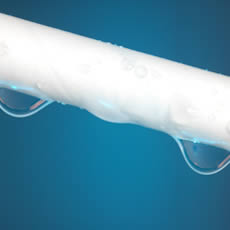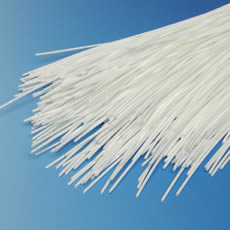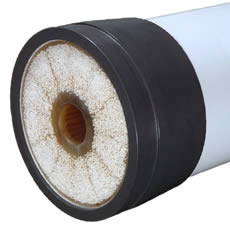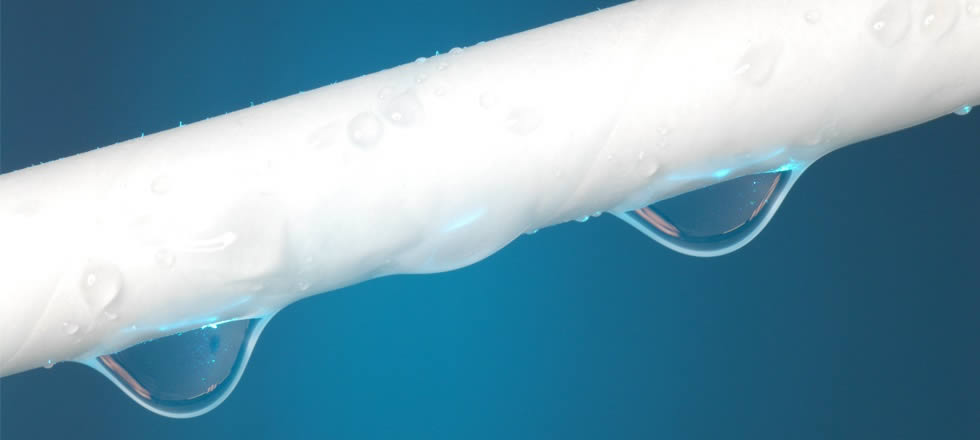- Home
- Our Technology
Helix Technology
Our patented Helix Technology offers a revolutionary membrane filtration solution that generates turbulence at the membrane surface, effectively minimizing fouling and particle buildup. This innovation not only enhances operational efficiency but also significantly reduces maintenance costs and chemical usage.

FROM MICRO TO NANO:THE ULTIMATE GUIDE
Microfiltration, ultrafiltration, tight ultrafiltration, nanofiltration, and reverse osmosis are membrane filtration techniques used across different industries for separation and purification of water and wastewater. Although they all operate membrane-based, each method possesses unique features and specific applications.


MICROFILTRATION
Microfiltration is used to filter particles and finely suspended solids down to less than 0.1 μm (100 nm). This process operates at relatively low pressures of 1–4 bars (100–400 kPa). It is commonly used for liquid clarification and sterile filtration.
ULTRAFILTRATION
Ultrafiltration is a separation process using a membrane with small pores (0.001 to 0.1 µm) to filter out solid particles and large molecules from a liquid. It effectively removes fine particles such as silica, silt, endotoxins, plastics, proteins, smog, and viruses.


TIGHT ULTRAFILTRATION
Tight ultrafiltration (TUF) comes in when ultrafiltration, the most widely used membrane technology, is not enough to do the job and a tighter pore size is required.
NANOFILTRATION
Nanofiltration membrane technology removes dissolved contaminants from water, including pesticides, herbicides, and pharmaceuticals. It also effectively eliminates viruses, bacteria, and other pathogens, making it essential for ensuring safe drinking water.


REVERSE OSMOSIS
Reverse osmosis is a multi-stage water treatment process that removes contaminants from feed water by applying pressure to force it through a semipermeable membrane.
